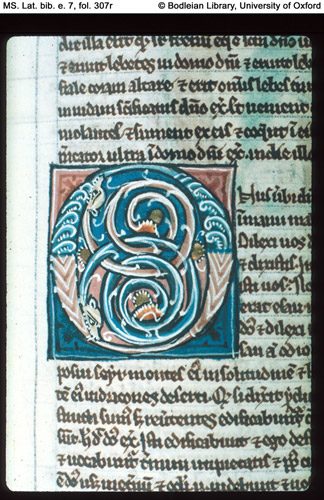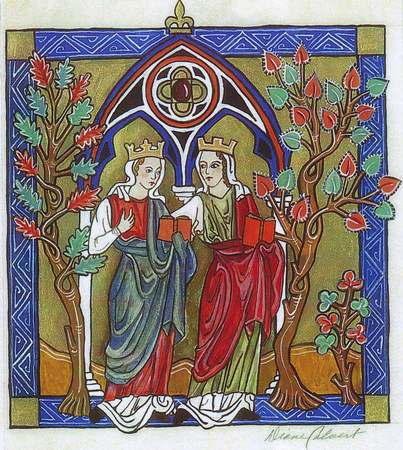


Dodwell was the first to give sustained attention to the way in which such losses have distorted our understanding of the period. Ithaca, NY: Cornell University Press, 1982.Ī survey of what literary sources reveal about Anglo-Saxon taste and attitudes toward art and of the enormous losses of objects that have occurred over the centuries. A good place for the general reader or student to begin.ĭodwell, C. R. London: British Library, 2007.īeautifully illustrated with numerous color photographs, this book provides a basic survey of Anglo-Saxon manuscripts from the earliest days through to the immediate post-Conquest period. The bibliographies of the entries listed below should be consulted for earlier overviews.īrown, Michelle P. Toswell 2014 is an excellent overview of psalter manuscripts. Stevick 1994 deals with the design and layout of the manuscript page. Gameson 1995 is good for the 10th and 11th centuries. Neuman de Vegvar 1987 and Henderson 1999 are particularly good on early Northumbrian manuscripts.

Dodwell 1982 is also a general survey, now somewhat dated but especially useful for giving a sense of how much has been lost. Karkov 2011 is the most up-to-date survey of Anglo-Saxon art and contains a chapter devoted specifically to manuscript illumination. Owen-Crocker 2009 is best for providing a general overview of the multiple aspects of manuscript study and is an especially good place for students to begin. That said, it is engagingly written and the illustrations are easily browsed, and so it is the best place for the general reader to begin. In almost all manuscripts, whatever their date or provenance, illumination and text work very closely together, and one should never be studied in isolation from the other.īrown 2007 is beautifully illustrated and thus best for getting a sense of the style and range of Anglo-Saxon illumination, although the text contains numerous typos, so some double-checking of information is necessary. Historiated initials appear in some of the earliest Anglo-Saxon manuscripts, but the more complex iconographic innovations of the biblical narrative scenes are associated with the 10th-century Benedictine reform centered on Winchester and Canterbury. The Anglo-Saxons are also credited with inventing several types of image: the historiated initial (an initial containing an abbreviated narrative or image related to the text that follows), the “disappearing Christ” (a type of Ascension in which only Christ’s legs remain visible within the picture frame), and the Coronation of the Virgin (in the earliest examples of which the Virgin receives a crown on her death bed). In general, Anglo-Saxon illumination is characterized by a love of expressive line (line drawing is a major art form), color wash, and a creative use of the relationship between center and margin, or what is within and what is beyond the central framed image or text block. It is not limited just to religious manuscripts (though most of the most luxuriously decorated manuscripts are religious) medical and “scientific” manuscripts, histories and hagiographies, charters and legal manuscripts, poetic texts, and calendars were also illuminated. Anglo-Saxon manuscript illumination can consist simply of decorated initials or interlinear and marginal pen flourishes, but it also includes elaborately decorated manuscripts filled with golden letters and full-page figural or narrative miniatures. There is some overlap during the earlier centuries with Insular illuminated manuscripts, manuscripts produced in Ireland and the British Isles between roughly the years 600 and 850, and early Northumbrian manuscripts such as the Lindisfarne Gospels (London, British Library, Cotton Nero D.IV), which can be classed either as Anglo-Saxon or Insular. “Anglo-Saxon manuscript illumination” refers to those manuscripts produced in the area that is now England, or by Anglo-Saxon scribes and illuminators working elsewhere, between the period c. 600 CE to c. 1100 CE.


 0 kommentar(er)
0 kommentar(er)
